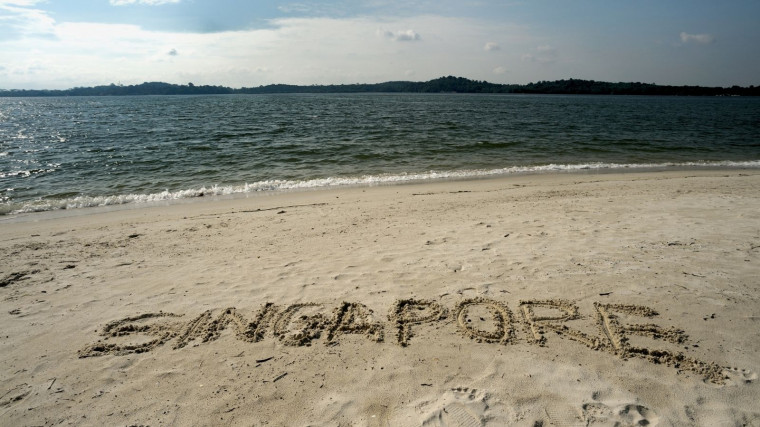Growing up as an East Coast kid, watching the waves and building sand castles at Changi Beach are among my fondest memories of my childhood.
So I was truly upset when I recently read about beachgoers indiscriminately digging up marine creatures on Changi Beach. The first question that came into my mind was “Why would anyone want to do that?!”
Okay, let’s be honest, we have all dug holes at the beach. I mean, that’s one of the things you do playing in the sand; how else can we make sandcastles?
And of course, as curious children, we’ve imagined how it would be like seeing marine creatures popping out of the sand whenever we dug a hole. But would we go so far as to wreck the beach and its ecosystem?
Perhaps it is to do with videos on social media of people digging up little crabs, clams and other shellfish to cook a meal. Or to flex to their friends and family on how they can fill up a bucket of marine animals with just a spade and a pair of slippers. Whatever the case, it really made me ponder on the rationale behind these actions.

We have to thank Daphne Ting for posting the photos and videos, as it uncovered a troubling threat to our intertidal environment.
Needless to say, the revelation prompted a flurry of online responses bemoaning the kiasu, entitled and thoughtless people who don’t see the consequences of their actions.
On Reddit, user kodomodragon commented on how heartbreaking it was to see this happen.
He wrote: “I used to do a lot of intertidal walks (combination of leisure, assisting researchers, and also leading guided walks for members of the public) in many of our coastal areas…
“Changi is a great place to introduce people of all age groups to the marine life that can be found in our coastal areas, and many of the visitors I’ve brought here are amazed at how we can have such abundance and diversity in an area so heavily impacted by various human activities.”
In a lengthy and well-argued post, he concluded that “a sustainable level of foraging shouldn’t cause too much harm, and in fact, as we’ve seen with communities all over the world, can motivate people to protect these areas from development or pollution.
“But that’s no excuse for bad behaviour on the part of so many visitors. Just because most of these animals don’t have backbones and are often seen as food rather than wildlife doesn’t mean that we can treat our blue spaces with such disrespect.”
Don’t wait for authorities to act

A few days after the reports went out, NParks stepped up efforts to prevent beachgoers from further destructive acts by placing more signages and deploying more officers on patrol. It will also increase outreach efforts in educating the public to care for delicate marine life in intertidal areas.
But here’s the thing, we shouldn’t have to wait till netizens get up in arms or the authorities to lay down the law before we realise that we should not be doing something selfish.
It’s a sentiment that can be applied to many areas of our civil society — like littering or indiscriminate smoking or even the simple task of returning our trays after we are done eating.
On our beaches, protecting the ecosystem is a collective effort — it’s a two-way street.
NParks may increase its enforcement efforts, but as beachgoers, it should already be a given that we safeguard the marine creatures that we come across — to observe and not destroy. Government outreach efforts can then be amplified when we exercise our consideration for the environment while visiting our beaches and intertidal areas.
We need to stop endangering our native species. Currently, Singapore’s Wildlife Protection Act does not cover the collection of shellfish and other invertebrates. Perhaps we should take a page from other countries, like at Myrtle Beach in South Carolina in the US and introduce some regulations specific to our beaches.
Laws cannot protect everything
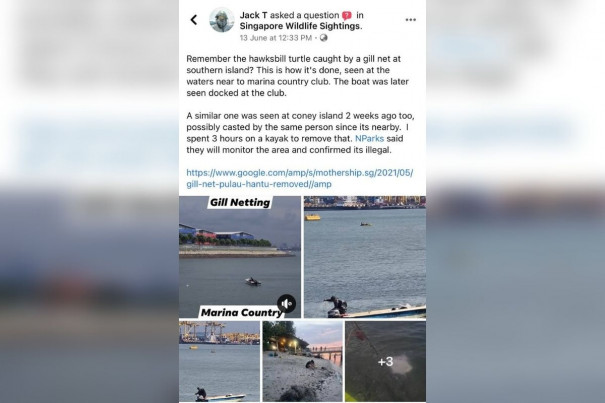
But laws cannot cover everything.
Recently, a user named Jack Tan posted a sighting of a man using a gill net — a “destructive” fishing method — in the waters around Marina Country Club on the Singapore Wildlife Sightings Facebook group.
Mothership reported that he told NParks immediately and filed a report through the OneService mobile application but the area highlighted did not fall under the coastal park or areas under NPark’s management.
Nparks has said that it encourages fishing enthusiasts to use sustainable fishing methods to protect Singapore’s marine habitats and biodiversity.
Yet the agency, together with other anglers and experts admitted to CNA in another report that it would be a challenge to make catch-and-release fishing mandatory by law, citing difficulties like enforcement and low survivability among some fish that have been caught.
Promoting the right actions
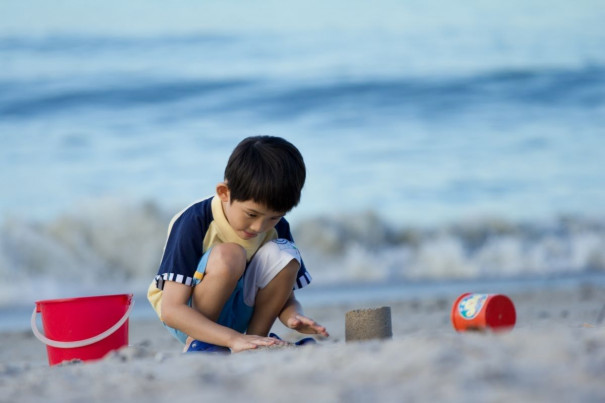
In the videos that I saw, beachgoers were picking up marine creatures roughly — with metal tongs even — without considering the consequences of their actions. Marine creatures are not beach toys, such manhandling will cause distress and might end up killing them, even if we put them back. Be gentle if you feel a need to touch them.
On school field trips, we have always been taught to take only memories and leave only footprints. But while visiting such places on our own, how far do we practise what we have learnt in school? Parents have a responsibility to emphasise what children learn in school when we take them out on excursions of our own.
When I reshared the articles on my Facebook feed, it sparked a conversation on what parents should do when taking their children to the beach. A friend said that the next time she takes her son to intertidal areas, she would emphasise the impact of leaving holes on the beach and teach him the proper way of handling marine creatures. This, to me, is a great illustration of how such discussions can help parents inculcate the right actions in children when visiting beaches or any other nature parks.
Other stories you might like


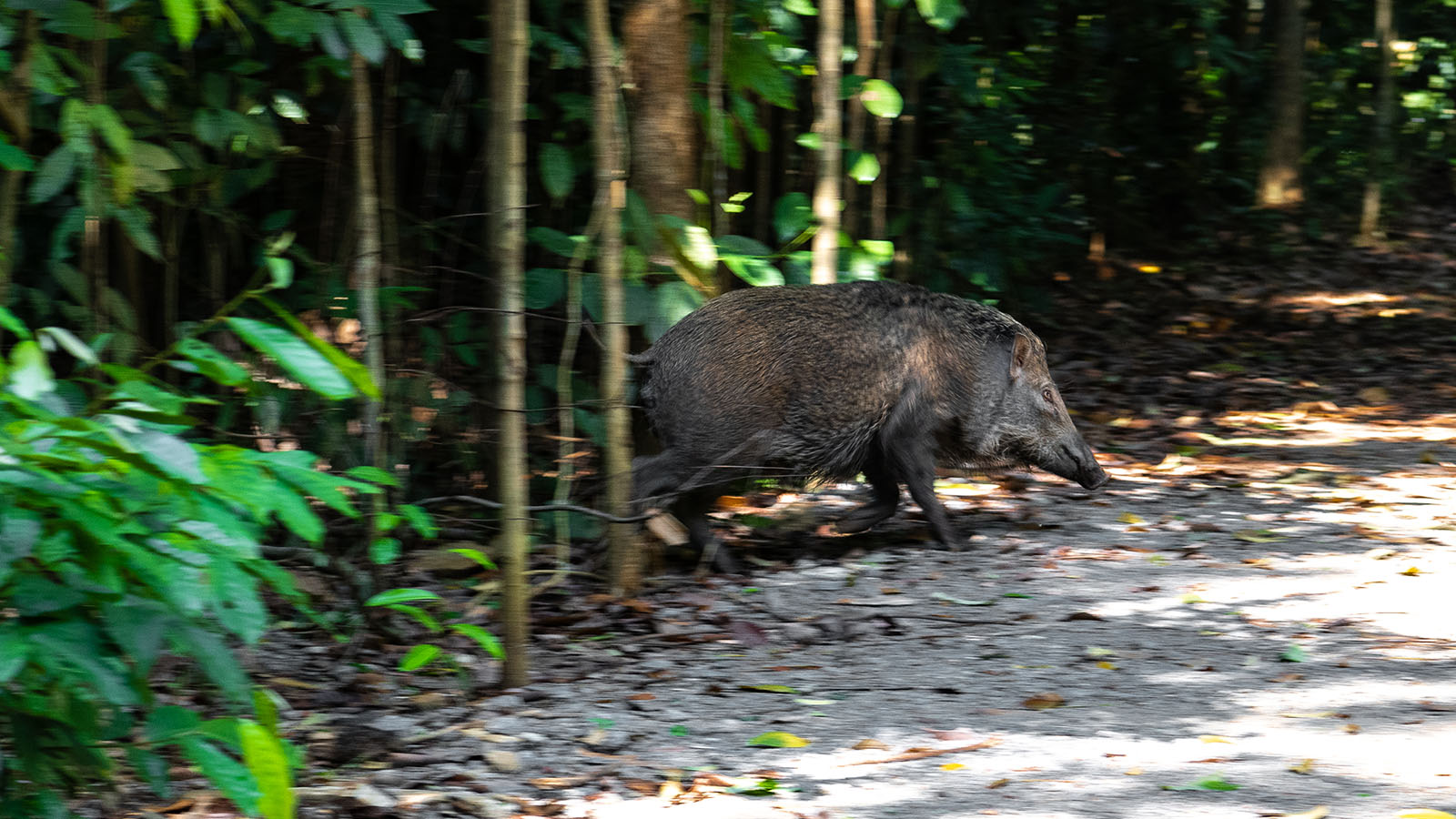
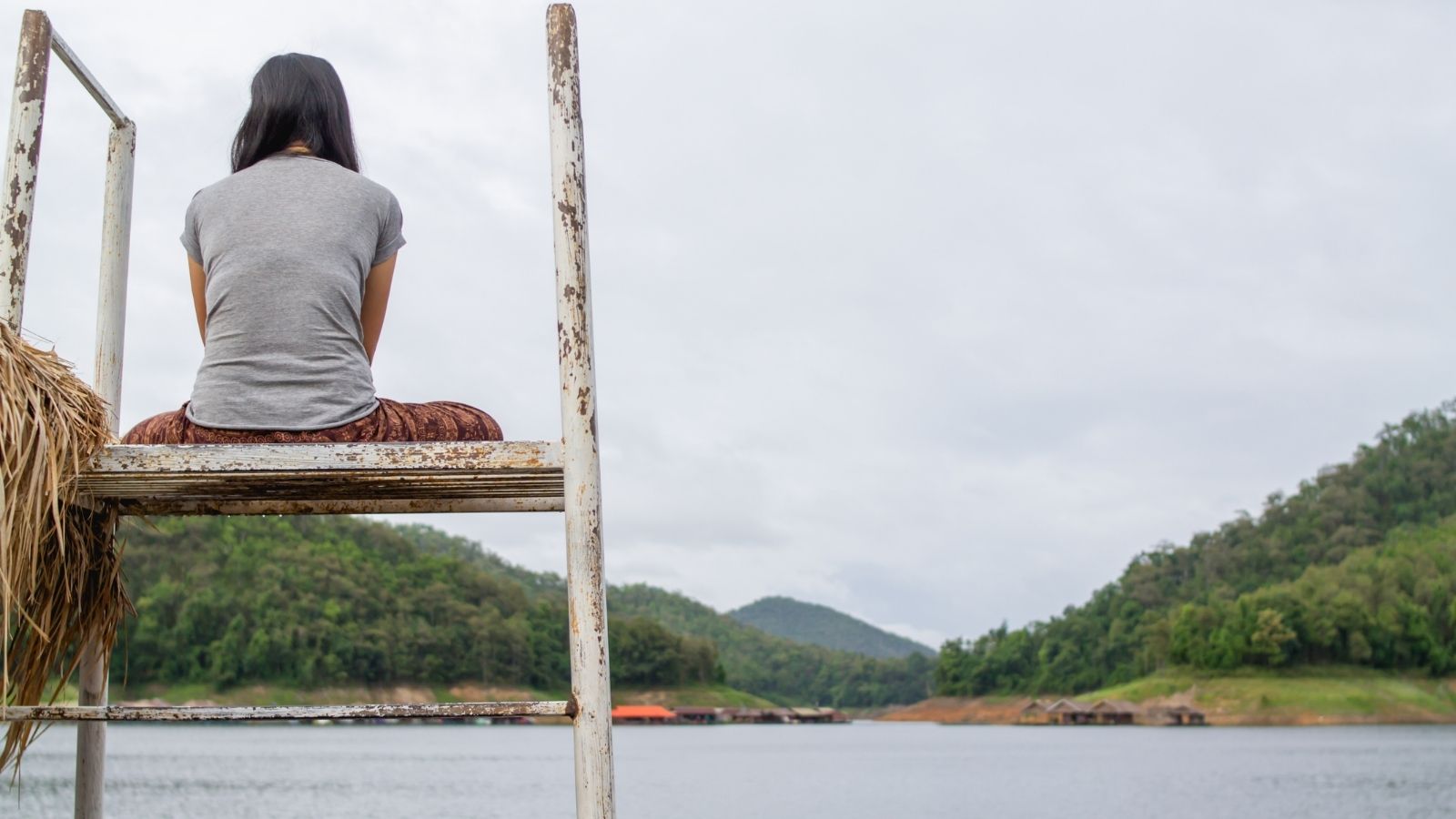
A representative from environmental conservation organisation Marine Stewards Singapore told The Pride that they are heartened to see many people taking an interest in marine life on our shores, but that they should still respect the delicate environment.
He said: “The best thing to do is admire by observing them and leave them untouched. By foraging and taking them away affects the delicate ecosystem. If everyone were to bring home a few marine organisms, soon there would be little left and the shore would be stripped bare.”
Community coming together to protect our environment
There have been times in Singapore where the community came together to protect the environment.
Take the recent case of the rare ‘smelly’ corpse flower in Sembawang, which lost its head after hitting big on social feeds. This led to an uproar on social media with many residents expressing their dismay and even the local MP Lee Wee Kiat posting his disappointment on Facebook. Eventually, the residents in Sembawang shifted the corpse flower’s roots to a gated community garden for protection.
The EastCoastBeachPlan is another example. The ground-up movement’s founder, local eco-warrior Samantha Thian realised that there was a lot of trash on the beaches during the circuit breaker last year. She recorded her beach clean-up efforts on her Instagram stories and that led to her creating a Telegram group to get more volunteers to join in beach clean-up efforts. Social media was instrumental in bringing such like-minded people together.
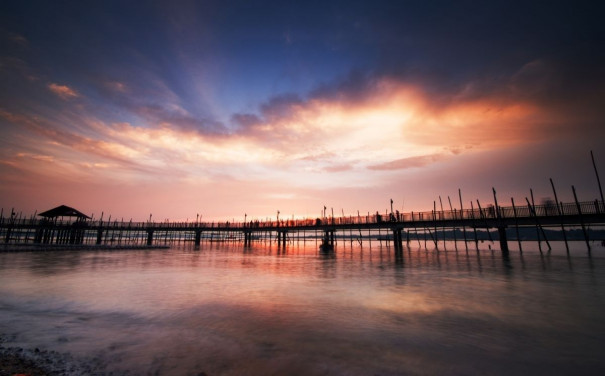
That said, we still need to know what is the right thing to do and to build an empathy for our natural environments. This is where we can do more to educate ourselves by finding out more about organisations like Marine Stewards Singapore and others in the environment and animal welfare sectors.
Empathy is the key ingredient in preventing such unkind acts from happening at Changi Beach or other nature parks in Singapore. Both #EastCoastBeachPlan and the Sembawang community examples have shown us that empathy starts off from cultivating a solidarity and engagement with like-minded people — a community of carers.
Taking only memories, leaving only footprints
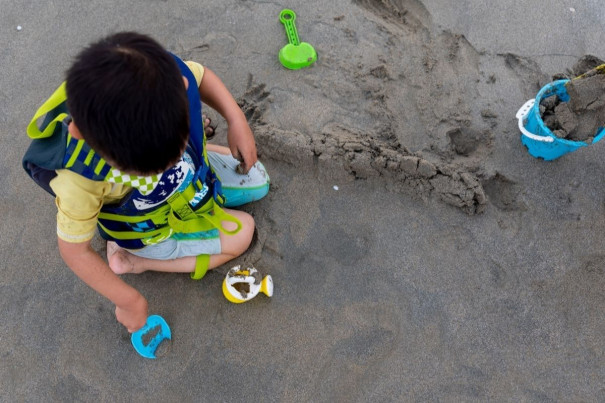
Being a clumsy person, there have been times when I’ve tripped over trash left behind or fallen into holes dug by other beachgoers. These little “traps” might cause someone to trip and sprain an ankle. It sounds minor, for sure, but think about this, would you walk on Singapore beaches without any footwear?
Wouldn’t it be wonderful if we could walk barefoot, confident that we won’t fall into a hole or cut our feet on little “landmines” hidden in the sand?
So, sure, dig if you want — to build sandcastles or to find interesting marine life — but fill up the holes before you go and leave the wildlife safe and untouched.
More than ever, we need to start caring more about our environment to truly treasure our natural habitats. Being a land-scarce country, the least we want is one less place to get close to nature — especially during this pandemic. The last thing any of us would want is to see a barren beach filled with holes and trash during our next visit to Changi.
If you like what you read, follow us on Twitter and Google News to get the latest updates.
